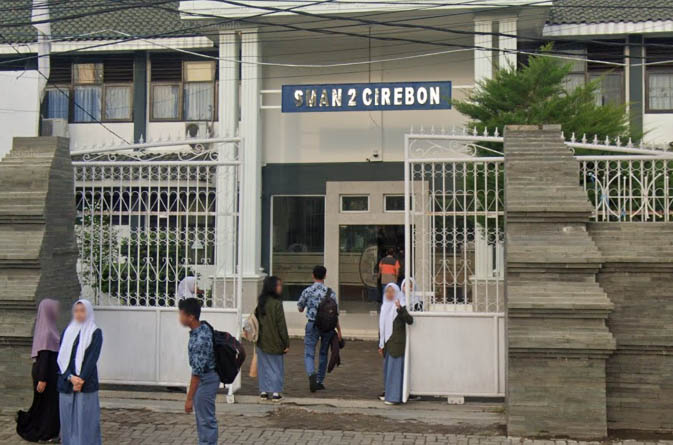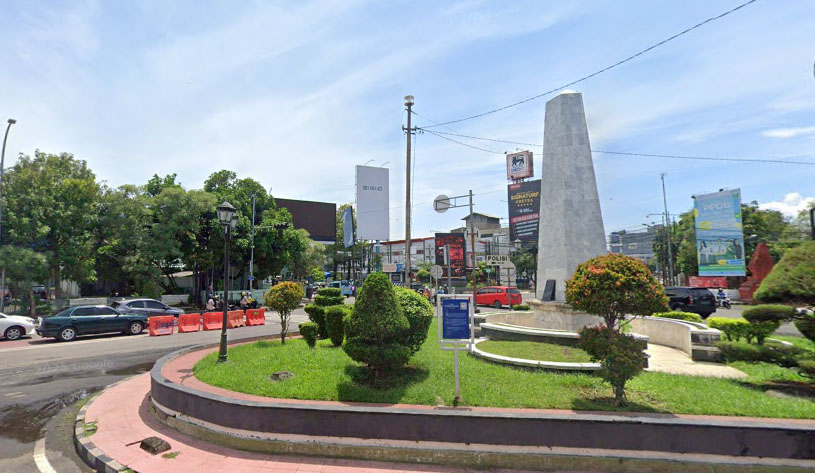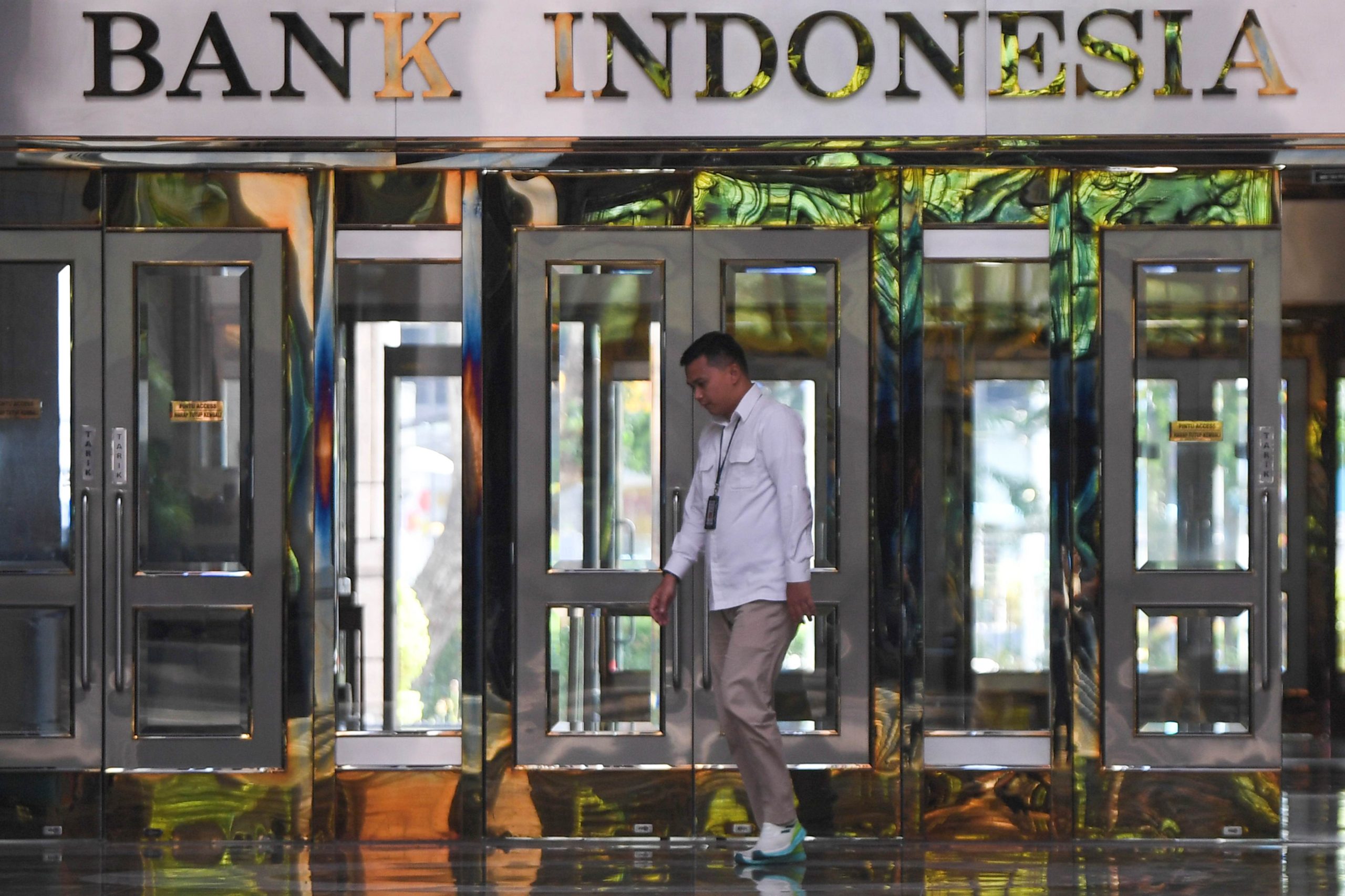There’s an old saying in Italy that if your grandmother had wheels, she’d be a bike. We have a slightly different phrasing over here, of course, but the sentiment remains the same.
Ifs, buts, maybes. Shoulda, woulda, coulda. What’s the point of dwelling on what might have been, it’s what happened that counts.
Only when it comes to football in the modern world, we love to dwell on such matters. The rise of analytics, and expected goals (xG) especially, leaves fans and managers often reflecting not on the result but on the numbers. Yes, we lost 3-0, but we won on xG! We created the better chances, we just didn’t take them and they scored three from 30 yards. See, we should have won.
That brings us to the curious case of Manchester United under Ruben Amorim. The Portuguese is under monumental pressure after another poor start to the season, has the worst win rate of any United manager since World War Two, and is yet to record back-to-back league wins since he was hired almost a year ago.
And yet. According to data giant Opta’s ‘expected points’ table, one that factors in the points teams should have earned from the quality of the chances they have both created and faced, United sit fourth. United have racked up the highest xG in the league this season under Amorim yet have underperformed it by the largest margin.
The short, simple interpretation of all this is the following: if United had taken their chances, they would be challenging for the Champions League. Football, especially when it comes to United, however, is never quite so simple...
HOW BAD IS THEIR SHOOTING?
Bad. No side are underperforming their underlying numbers as much as United. They should have scored 14 goals according to their xG, but have only scored nine.
United struggled to create chances last season, with their 1.4 xG per game the lowest since 2015-16 under Louis van Gaal. Now, it’s at their highest in recent times with more than 2 xG created per game.
Their shot conversion rate of just eight per cent, however, is among the worst in the division.
It doesn’t help when your captain Bruno Fernandes misses two penalties along the way. And no side has hit the woodwork as often as United, with Amorim’s side striking the bar or post five times.
Big-money summer signings Bryan Mbeumo and Matheus Cunha were supposed to make sure that didn’t happen, as two of the most prolific finishers last season, both in the top three over-performers against their xG. Mbeumo scored 20 goals from an xG of 12.3, while Cunha scored 15 from one of 8.7.
Such numbers can be put down to either a bit of extra luck, a few more potshots flying in than usual, or because they are exceptional finishers who will always outperform a metric that measures how many goals the average player would score from those chances.
Bruno Fernandes has already missed two penalties this season, including this spot-kick in Manchester United's 3-1 loss at Brentford
Matheus Cunha, seen here battling with Jordan Henderson, was one of the players signed to improve the quality of United's finishing
But Cunha and Bryan Mbeumo (pictured) have just two goals between them in all competitions this season
Son Heung-min and Jamie Vardy, for example, outperformed their xG over a long period of time simply because they were excellent at converting chances.
United signed Mbeumo and Cunha because they believed, or hoped, that they were also in that category. This season, however, they have one league goal between them from an xG of 3.3.
BUT WHY IS THEIR FINISHING SO BAD?
Amorim will argue that as the season rumbles on, the gap between United's underlying numbers and their actual output should narrow.
However, their mammoth xG numbers are misleading. This is not a team creating lots of good chances. A large reason United's xG is so high is simply the fact they have so many shots. Their 110 attempts on goal is the most in the league. Keep taking shots, no matter how far out or from how unlikely an angle, and that xG will keep climbing.
That’s one of United’s big issues. They keep shooting from harmless areas of the pitch. Just look at their shot map from the Premier League this season. So many from outside the box, lots from just inside. Not enough from the dangerous areas around the six-yard area.
For all their efforts, United have only created eight ‘big chances’, which Opta define as one that a player should reasonably be expected to score. Only Wolves, Burnley, Aston Villa and Tottenham have created fewer.
The data shows that United are taking plenty of shots... but many of them are from long-range, with Ruben Amorim's side struggling to create consistent high-quality chances
WHO’S TO BLAME?
United’s wastefulness comes down to two main reasons: bad decisions and bad structure. The first one is on the players, the second one is on Amorim.
Take Cunha in the defeat by Brentford. He attempted four shots in the defeat, and all four of them came from outside the box. One was from a set-piece that fell to the edge of the box, but on the other three occasions the Brazilian had options ahead of him.
On 12 minutes at Brentford, Cunha was running at goal and had Diogo Dalot calling for the ball in space. But the Brazilian chose to shoot, slipping as he made contact
On 36 minutes, Cunha picked the ball up once more and had three runners in better positions in front of him. He could have picked out Benjamin Sesko on the left, Mbeumo through the middle or Fernandes, who made a lung-busting run into the box in the right channel. Instead, he shot wide
In the second half, Cunha received the ball just outside the box with Sesko looking to open up space in the box. You guessed it, he shot again...
Cunha’s ability to pick the ball up and drive towards goal has been an important outlet for Amorim but the former Wolves man needs to improve his decision-making. He did not play a single pass into the Brentford box in United's 3-1 defeat.
Wolves fans won’t be surprised to hear that. For all Cunha's sublime exploits last season, almost half of his shots came from outside the box. He still created 57 chances for his team-mates, though, and United need to see more of that - especially now he's playing in an (ostensibly) better side with less of the creative burden on his shoulders.
It’s not just Cunha and his team-mates. Amorim’s structure is not helping either. The wing-backs are vital to United’s 3-4-1-2 system working well but, so often, they do not offer enough support in attack.
They frequently do not get high enough to give ball-carriers options in wide areas for fear of leaving United exposed if they lose possession because, when they do, they get punished with so much space in behind either side of the two sitting midfielders.
Brentford’s opener, for example, came about just that way, when United lost the ball high up the pitch.
But Amorim needs his wing-backs to be high up the field when United attack. He needs them to open up space, pull defenders out of position and get into dangerous areas. That Amorim’s four main wing-backs have just four goals and assists between them during his time at United is simply not good enough.
Ruben Amorim dropped Cunha for Mason Mount in United's last game, against Sunderland, with Mount scoring in the 2-0 win
That did improve in the victory over Sunderland, albeit against less impressive opposition. Amad Diallo at right wing-back linked well with Mbeumo all game and the two combined for Mason Mount’s opener. When the goal went in, both of United’s wing-backs were high and wide.
Compare the average positions of United’s wing-backs in the defeat by Brentford to the win over Sunderland. Much higher, more dangerous.
United's average positions in the loss to Brentford, with No13 (left wing-back Patrick Dorgu) in his own half and No2 (Dalot) on the halfway line
And their positions in the win over Sunderland, with No16 (Amad Diallo) and Dalot both in the Black Cats' half
That’s what Amorim needs. He also needs his players not to squander the ball so easily when they get into those positions.
Otherwise, United will keep relying on potshots and continue to be so easy to play through.

 1 month ago
46
1 month ago
46

















































